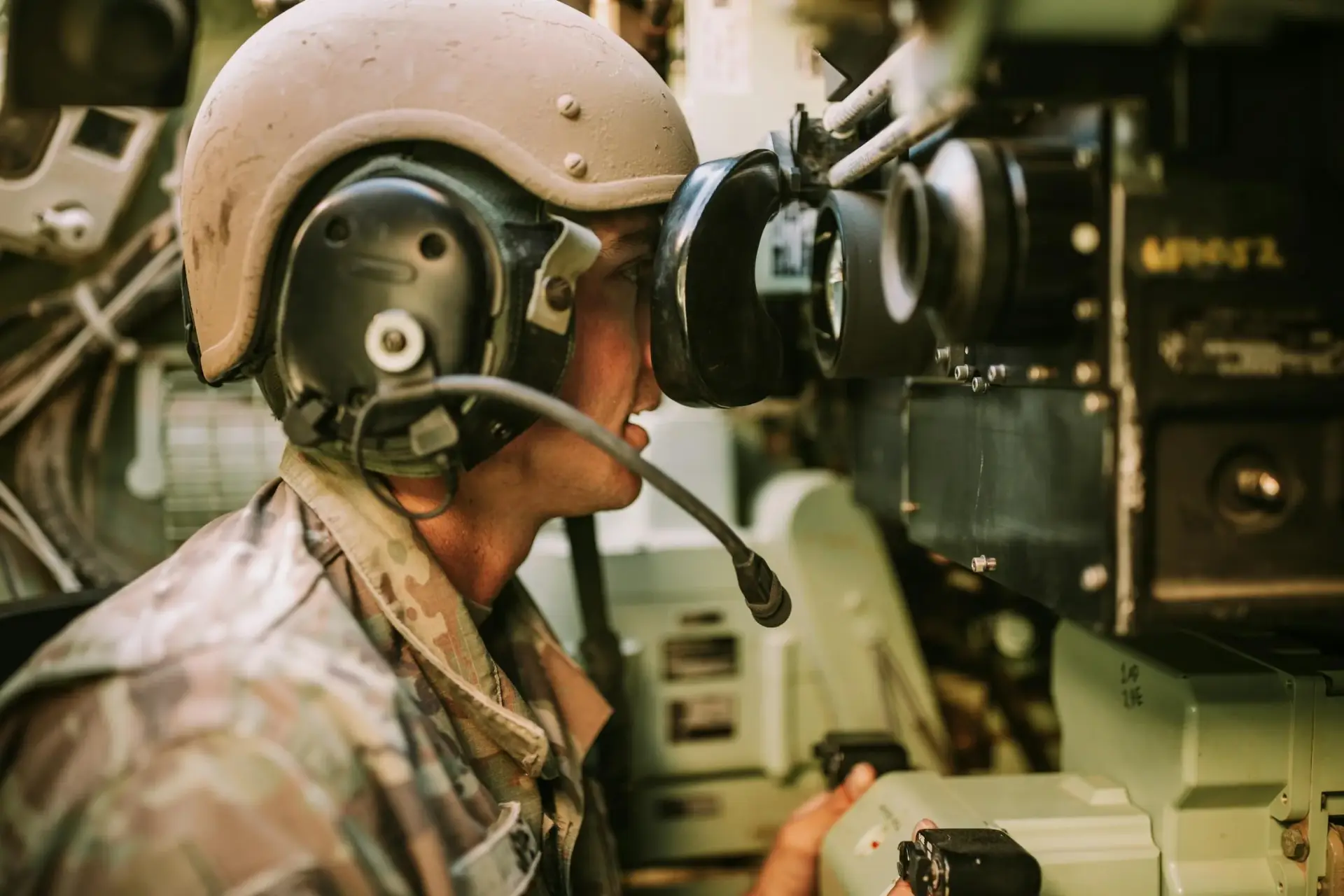Reliable and secure communication is a crucial element in military operations, as it enables the coordination of personnel, resources, and intelligence across diverse environments and vast distances. With the rise of technology, the military faces unprecedented challenges in ensuring that communication channels are both reliable and secure, as they need to keep up with the demands of modern warfare. Consequently, military organizations are increasingly adopting Voice over Internet Protocol (VoIP) phone solutions to meet their communication needs.
VoIP offers a flexible, cost-effective, and scalable alternative to traditional communication systems, allowing for the integration of voice, video, and data services over IP networks. However, the adoption of VoIP in military settings also presents unique challenges, particularly in terms of security, reliability, and interoperability. This article explores the benefits and considerations of implementing secure VoIP phone solutions for military communication on the move, examining the key features and capabilities required to support mission-critical operations in diverse and often hostile environments. By understanding the challenges and opportunities associated with military VoIP deployments, organizations can make informed decisions about how to leverage this technology to enhance communication, situational awareness, and operational effectiveness in the modern battlespace.
Challenges of Military Communication
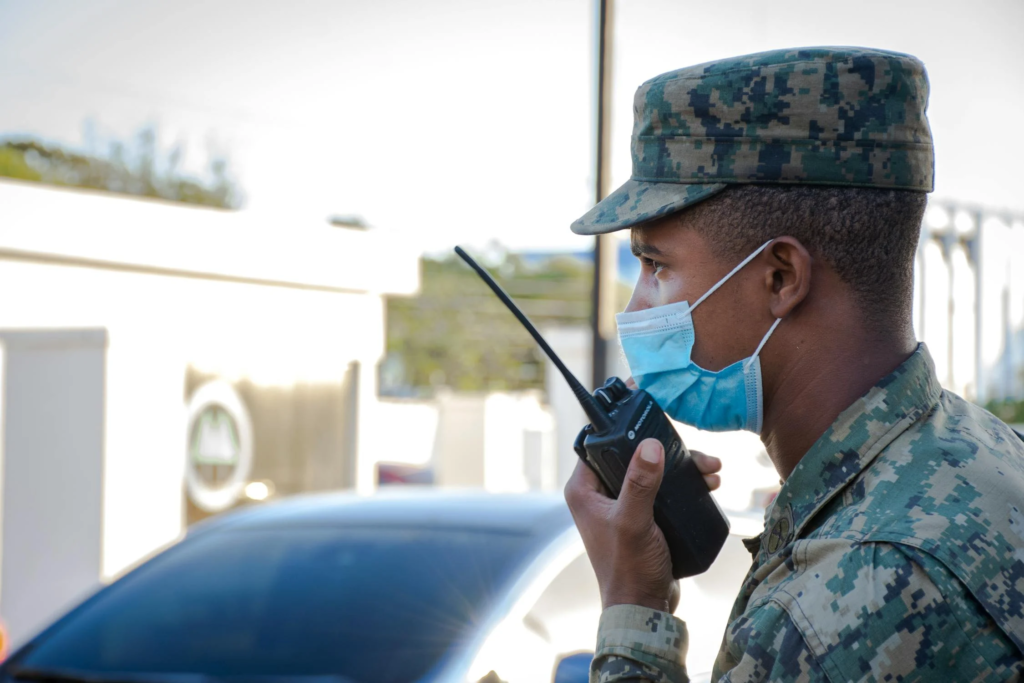
Military communication faces a range of challenges that are distinct from those encountered in civilian contexts. One of the primary challenges is the need for mobility and the ability to deploy communication systems in various environments, from established bases to remote and hostile locations. Military personnel must be able to communicate effectively and securely while on the move, whether on foot, in vehicles, or in aircraft. This requires communication solutions that are portable, rugged, and adaptable to different terrains and conditions. In addition, military communication systems must be able to operate in environments with limited or degraded network infrastructure, such as in remote or contested areas where traditional communication channels may be unavailable or unreliable.
Another critical challenge is the need for secure and encrypted communication channels to protect sensitive information from interception and exploitation by adversaries. Military communications often involve the transmission of classified data, operational plans, and intelligence reports, which must be safeguarded against unauthorized access. This requires the implementation of robust encryption protocols and security measures to ensure the confidentiality, integrity, and availability of communication channels. However, implementing strong security measures can also introduce challenges in terms of performance and usability, as encryption and authentication processes can add latency and complexity to communication systems.
Interoperability with existing communication systems is also a significant challenge for military VoIP deployments. The military relies on a complex ecosystem of legacy systems, proprietary protocols, and specialized equipment, which may not be readily compatible with VoIP solutions. Ensuring seamless integration and interoperability between VoIP and existing systems is crucial for maintaining operational continuity and avoiding communication silos. This may require the development of custom interfaces, gateways, and middleware to enable communication between disparate systems and protocols.
In addition to technical interoperability, military VoIP solutions must also consider interoperability with coalition partners and allied forces. In joint operations and multinational deployments, the ability to communicate effectively across different military organizations and national communication infrastructures is essential for coordination and situational awareness. This requires the development of common standards, protocols, and security frameworks to enable seamless communication and information sharing between partners.
Finally, military communication systems must be reliable and resilient in the face of adverse conditions, such as extreme weather, electromagnetic interference, and physical damage. The failure of communication channels during critical missions can have severe consequences, putting lives and operations at risk. Therefore, military VoIP solutions must be designed with redundancy, failover mechanisms, and the ability to operate in degraded network environments. This may involve the use of satellite communication, mesh networking, and other resilient network architectures to ensure the availability and continuity of communication services in the face of disruptions.
VoIP Phone Solutions for the Military
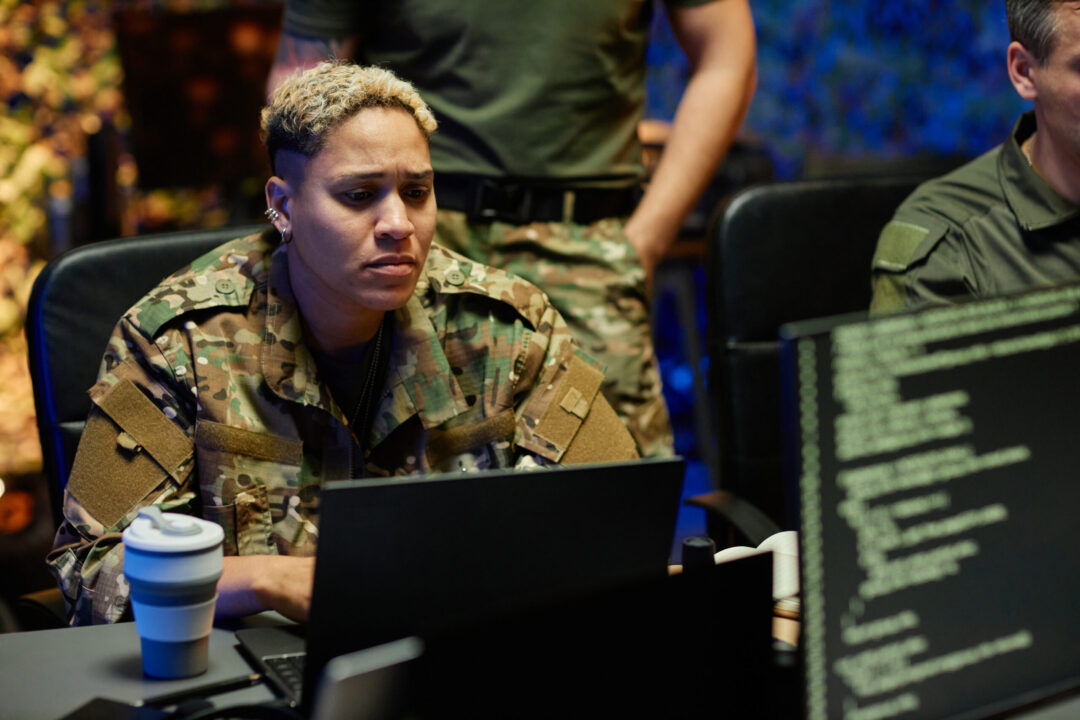
VoIP phone solutions offer several advantages for military communication, making them an attractive alternative to traditional systems. One of the primary benefits is the flexibility and scalability of VoIP networks. Unlike circuit-switched systems that require dedicated lines for each connection, VoIP uses packet-switched networks, allowing for the dynamic allocation of bandwidth and the ability to scale up or down as needed. This enables the military to quickly deploy and reconfigure communication systems in response to changing operational requirements, without the need for extensive infrastructure modifications or upgrades.
Another advantage of VoIP is its cost-effectiveness compared to traditional communication systems. By leveraging existing IP networks and commercial off-the-shelf (COTS) hardware, the military can reduce the costs associated with infrastructure deployment, maintenance, and upgrades. VoIP also enables the consolidation of voice, video, and data services onto a single network, reducing the need for separate systems and simplifying network management. This can result in significant cost savings over time, as well as improved efficiency and reduced complexity in network operations.
To meet the specific needs of military communication, VoIP solutions must incorporate key features and capabilities. One essential requirement is strong encryption and security protocols to protect voice and data transmissions from interception and tampering. Military-grade VoIP solutions typically employ advanced encryption standards (AES) with key lengths of 256 bits or higher, as well as secure signaling protocols like SIPS (Session Initiation Protocol Secure) and SRTP (Secure Real-time Transport Protocol). These protocols provide end-to-end encryption for voice and video communications, ensuring that sensitive information remains confidential even if the underlying network is compromised.
Quality of Service (QoS) mechanisms are also critical for ensuring the prioritization of voice traffic over other types of data on the network. By implementing QoS policies, military VoIP solutions can guarantee the availability and quality of voice communications, even in congested or low-bandwidth environments. This is particularly important for tactical operations where reliable voice communication is essential for command and control. QoS mechanisms can also be used to prioritize different types of voice traffic, such as emergency calls or command communications, ensuring that critical communications are given the highest priority on the network.
Redundancy and failover mechanisms are another key feature of military VoIP solutions, ensuring continuity of communication in the event of network disruptions or equipment failures. This may involve the use of redundant servers, automatic failover to backup systems, and the ability to route calls over alternative network paths. For example, a military VoIP system may include multiple call control servers in different geographic locations, with automatic failover mechanisms to ensure that calls can be processed even if one server fails. Similarly, the use of mesh networking and ad-hoc networking technologies can enable the creation of self-healing networks that can continue to operate even if individual nodes or links are disrupted.
Compatibility with military-specific equipment and software is also crucial for the successful integration of VoIP into military communication systems. This may include interoperability with tactical radios, satellite communication systems, and battlefield management software. VoIP gateways and interfaces must be designed to support these specialized systems and protocols, enabling seamless communication between different communication technologies and platforms. For example, a VoIP gateway may be used to connect a tactical radio network with a satellite communication system, enabling voice communications between personnel in the field and command centers.
There are several examples of successful VoIP deployments in military settings. The US Army has implemented VoIP solutions as part of its Warfighter Information Network-Tactical (WIN-T) program, providing secure and reliable voice communication for troops in the field. The WIN-T program includes a range of VoIP technologies, including softphones, IP phones, and voice gateways, enabling soldiers to communicate using a variety of devices and platforms. The US Navy has also adopted VoIP technology for its shipboard communication systems, enabling the integration of voice, video, and data services on a single network. These deployments demonstrate the effectiveness of VoIP in enhancing military communication capabilities while reducing costs and complexity.
Security Considerations
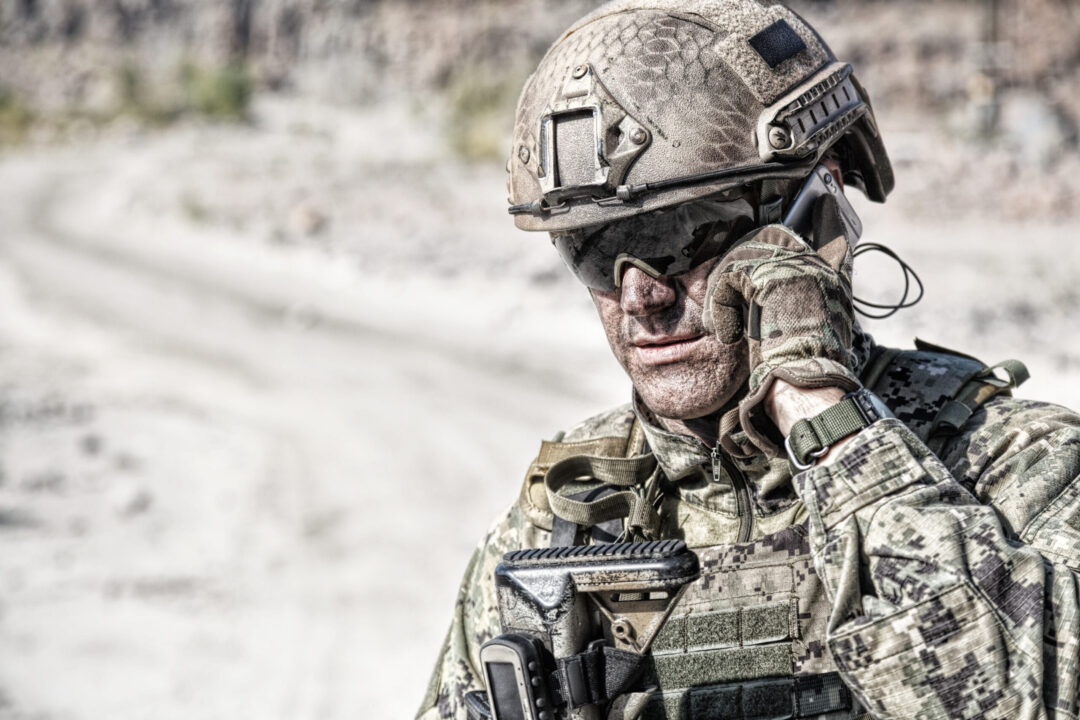
Security is a paramount concern for military VoIP deployments, given the sensitive nature of the information transmitted and the potential consequences of communication breaches. To ensure the confidentiality, integrity, and availability of voice and data communications, military VoIP solutions must implement a range of security measures and adhere to strict encryption standards.
One of the primary security considerations is the use of strong encryption protocols to protect voice and data transmissions from interception and eavesdropping. Military VoIP solutions typically employ Advanced Encryption Standard (AES) with key lengths of 256 bits or higher, providing a high level of security against cryptographic attacks. AES is a symmetric encryption algorithm that uses the same key for both encryption and decryption, making it well-suited for real-time communication applications where low latency is critical. In addition to AES, military VoIP solutions may also use other encryption protocols, such as the Secure Real-time Transport Protocol (SRTP) for media encryption and the ZRTP protocol for key exchange.
Secure signaling protocols like SIPS and SRTP are also used to protect call setup and media streams from tampering and manipulation. SIPS is an extension of the Session Initiation Protocol (SIP) that provides encryption for signaling messages, ensuring that call setup and teardown messages are protected from interception and modification. SRTP, on the other hand, provides encryption for the actual media streams, such as voice and video data, ensuring that the content of the communication remains confidential.
Network security measures are also critical for preventing unauthorized access to VoIP systems and infrastructure. This includes the implementation of firewalls, intrusion detection and prevention systems (IDPS), and virtual private networks (VPNs) to secure the perimeter of the network and monitor for suspicious activity. Firewalls can be used to control traffic flows between different network segments, blocking unauthorized access attempts and limiting the exposure of VoIP systems to external threats. IDPS can be used to monitor network traffic for signs of malicious activity, such as attempted intrusions or denial-of-service attacks, and alert administrators to potential security breaches.
Access control mechanisms, such as role-based access control (RBAC) and multi-factor authentication (MFA), are used to ensure that only authorized personnel can access VoIP systems and services. RBAC allows administrators to define different levels of access based on user roles and responsibilities, ensuring that users can only access the resources and functions that they need to perform their duties. MFA, on the other hand, requires users to provide multiple forms of authentication, such as a password and a biometric factor, before being granted access to the system.
Physical security of VoIP devices and infrastructure is another important consideration, particularly in military settings where equipment may be deployed in hostile or unsecured environments. This may involve the use of tamper-resistant hardware, secure storage for cryptographic keys, and physical access controls to prevent unauthorized access to VoIP equipment. For example, VoIP phones and servers may be housed in secure facilities with restricted access, and cryptographic keys may be stored in hardware security modules (HSMs) to prevent unauthorized access or tampering.
Cybersecurity threats pose a significant risk to military VoIP systems, as attackers may attempt to exploit vulnerabilities in software, protocols, or network infrastructure to gain unauthorized access, disrupt communications, or steal sensitive information. To mitigate these risks, military organizations must implement a comprehensive cybersecurity strategy that includes regular security audits, patch management, and incident response procedures. Security audits can help identify vulnerabilities and misconfigurations in VoIP systems and infrastructure, allowing administrators to remediate issues before they can be exploited by attackers. Patch management ensures that VoIP systems are kept up-to-date with the latest security updates and bug fixes, reducing the attack surface and minimizing the risk of successful exploits.
Incident response procedures are also critical for minimizing the impact of security breaches and ensuring the quick recovery of communication capabilities. This may involve the use of security information and event management (SIEM) tools to monitor for security events and detect potential threats in real-time, as well as the development of incident response plans and procedures to guide the actions of security teams in the event of a breach.
Ongoing research and development are also critical for addressing evolving security challenges in military VoIP deployments. This includes the development of new encryption algorithms and protocols, as well as the integration of emerging technologies like blockchain and quantum key distribution (QKD) to enhance the security of voice and data communications. Blockchain technology, for example, can be used to create tamper-proof records of VoIP transactions and communications, providing an additional layer of security and accountability. QKD, on the other hand, uses the principles of quantum mechanics to enable the secure exchange of cryptographic keys, ensuring that any attempt to intercept or tamper with the keys can be detected.
Future Developments and Trends
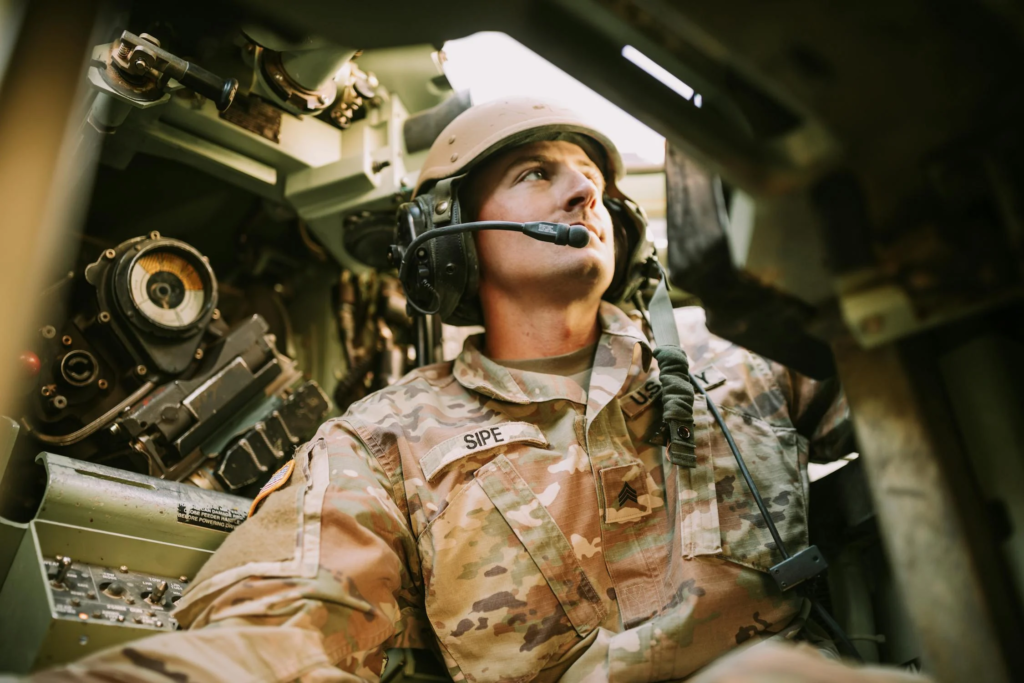
As technology continues to advance, military VoIP solutions are expected to evolve and integrate with emerging technologies to enhance communication capabilities and address new challenges. One significant trend is the integration of VoIP with 5G networks, which offer higher bandwidth, lower latency, and improved reliability compared to previous generations of mobile networks. 5G networks will enable the deployment of more advanced VoIP applications, such as high-definition video conferencing and augmented reality, in military settings. For example, 5G-enabled VoIP solutions could be used to provide real-time video feeds from drones or other sensors to personnel in the field, enhancing situational awareness and decision-making capabilities.
Another area of development is the integration of VoIP with Internet of Things (IoT) devices and sensors, enabling the collection and transmission of real-time data from the battlefield. This could include the use of VoIP-enabled sensors for monitoring environmental conditions, tracking personnel and assets, and providing situational awareness to commanders. For example, a network of VoIP-enabled sensors could be deployed in a battlefield environment to monitor the movement of enemy forces, detect chemical or biological threats, or track the health and status of friendly personnel. The data collected by these sensors could be transmitted over the VoIP network to command centers or other decision-making authorities, enabling rapid response and adaptation to changing battlefield conditions.
Advancements in voice recognition and authentication technologies are also expected to play a significant role in future military VoIP deployments. Biometric authentication, such as voice recognition and facial recognition, could be used to enhance the security of VoIP systems and prevent unauthorized access. For example, a VoIP system could use voice recognition technology to authenticate users based on their unique vocal characteristics, providing an additional layer of security beyond traditional password-based authentication. Similarly, facial recognition technology could be used to authenticate users based on their physical appearance, providing a more secure and convenient authentication method for personnel in the field.
Natural language processing (NLP) and machine learning algorithms could also be employed to analyze voice communications and extract valuable intelligence. For example, NLP algorithms could be used to automatically transcribe and analyze voice communications, identifying key words and phrases that may indicate the presence of a threat or the development of a new tactical plan. Machine learning algorithms could be used to identify patterns and anomalies in voice communications, helping to detect potential security breaches or other issues.
Finally, the integration of VoIP with battlefield management systems and command and control software is expected to become increasingly important in future military operations. By providing seamless integration between voice communication and situational awareness tools, VoIP can enable faster decision-making, improved coordination, and enhanced operational effectiveness. For example, a VoIP-enabled battlefield management system could provide real-time voice communication capabilities alongside tools for tracking personnel and assets, monitoring battlefield conditions, and analyzing intelligence data. This could enable commanders to quickly communicate with personnel in the field, adapt to changing battlefield conditions, and make informed decisions based on the latest intelligence and situational awareness data.
Conclusion: VoIP Phone Solutions for the Military
The adoption of secure VoIP phone solutions for military communication on the move offers significant benefits in terms of flexibility, cost-effectiveness, and enhanced capabilities. By leveraging the power of IP networks and incorporating advanced security measures, military organizations can ensure reliable and secure voice communication across a range of environments and operational scenarios.
However, the successful implementation of military VoIP solutions also requires careful consideration of security challenges, interoperability requirements, and the need for ongoing research and development. As technology continues to evolve, it is crucial for military organizations to stay abreast of emerging trends and adapt their communication strategies accordingly. This may involve the development of new security protocols and technologies to address evolving threats, as well as the integration of VoIP with emerging technologies like 5G networks, IoT devices, and artificial intelligence.
The integration of VoIP with these emerging technologies holds significant potential for transforming military communication and enhancing situational awareness on the battlefield. By providing real-time voice communication capabilities alongside tools for data collection, analysis, and decision support, VoIP can enable military organizations to respond more quickly and effectively to changing battlefield conditions and emerging threats.
Ultimately, the adoption of secure VoIP phone solutions for military communication on the move represents a critical step towards modernizing military communication infrastructure and enabling more agile, responsive, and effective military operations in the digital age. As military organizations continue to invest in VoIP and other advanced communication technologies, they will be better positioned to meet the challenges of the modern battlefield and maintain a strategic advantage over potential adversaries.
Empower your military operations with secure and reliable communication; explore our VoIP solutions today to enhance connectivity and operational efficiency!
Further Reading
For those interested in exploring more about the implementation and advantages of VoIP technology within military settings, the following resources provide valuable information:
- How Military-Grade VoIP Systems Deliver Operational Advantage:
Explore the capabilities and benefits of military-grade VoIP systems in enhancing battlefield communications and operational efficiency. Read more here.
- Department of Defense Directive on Wireless Technologies:
This document details the guidelines and security measures for the use of commercial wireless devices and technologies within the Department of Defense. Access the directive here.


